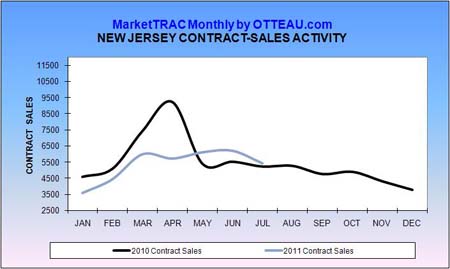From the Record:
New Jersey’s Fort Monmouth closing after 94 years
Anyone who has ever listened to FM radio, gotten a speeding ticket or wondered whether there is life on other planets has been affected by New Jersey’s Fort Monmouth.
The work done at the sprawling base near the Jersey shore led to communications advances including the development of FM radio, radar, and the ability to bounce signals off the moon to prove the feasibility of extraterrestrial radio communication. It launched the first radio-equipped weather balloon, and hosted hundreds of message-bearing courier pigeons that served in the two world wars.
…
But the fort’s time is up. On Thursday, after 94 years of helping warriors communicate with each other while keeping tabs on the enemy, Fort Monmouth is closing, the victim of congressional budget cutting. Most of its thousands of jobs have been transferred to the Aberdeen Proving Grounds in Maryland.“It’s sad. It’s depressing,” said Tom Hipper of Little Silver, a division chief who rode his motorcycle out the fort’s main gate Wednesday for the next-to-last time. “I just think it was all politics.
…
The base’s fate was sealed in 2005 when the Base Realignment and Closure Commission included Fort Monmouth in a list of military facilities it would close to save money. The commission estimated it would cost $782 million to move the fort’s mission to Maryland, but the cost rose to nearly $2 billion by 2008, leaving a bitter taste in the mouths of many locals who depend on the base for jobs.
…
Of the 5,570 civilian and military jobs at the fort, 5,400 were to be transferred to Maryland. There were 3,144 civilian employees who took the Army up on its offer to move, Kearney said.

